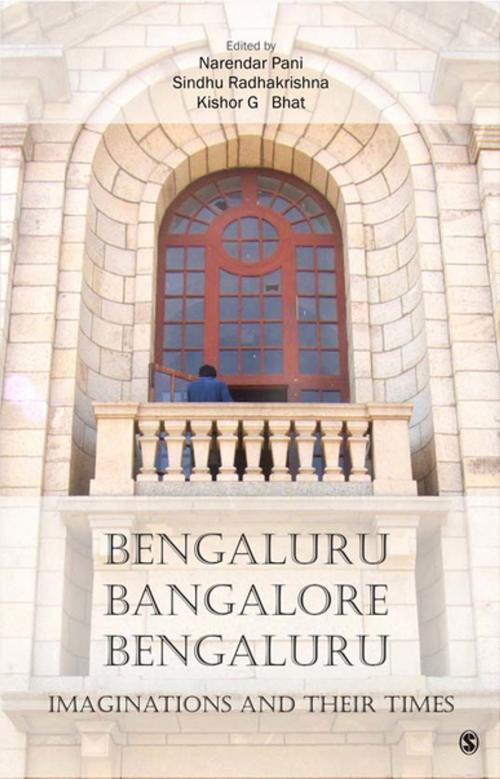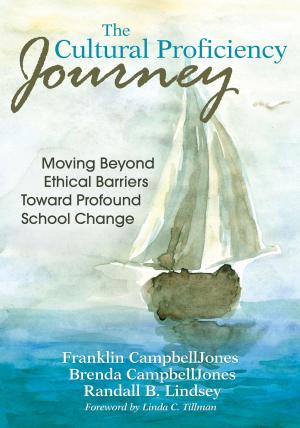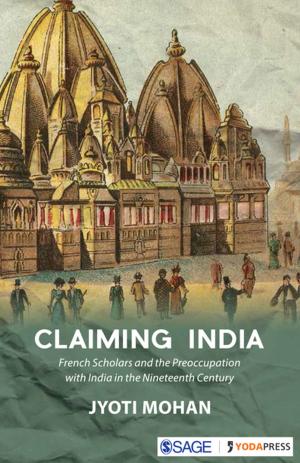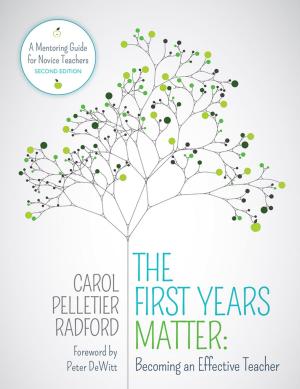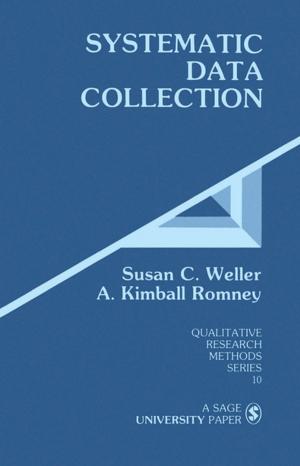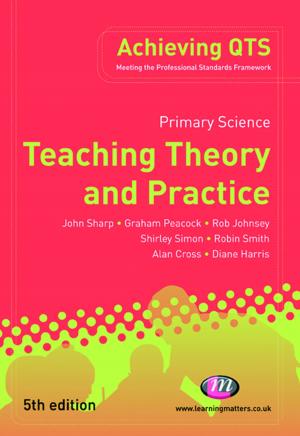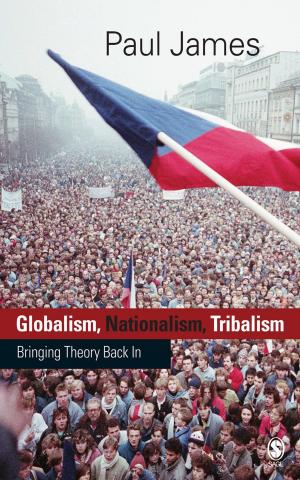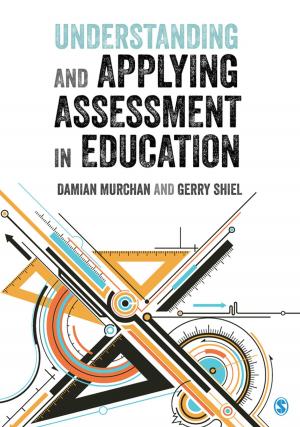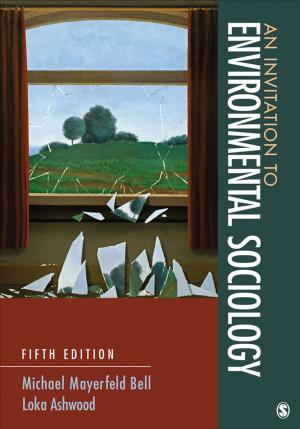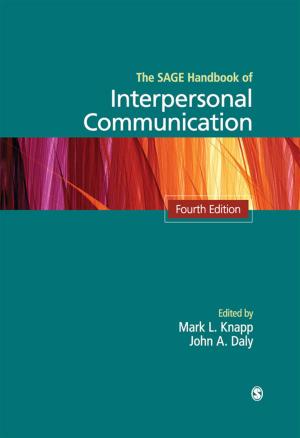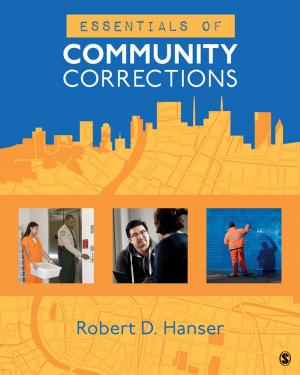Bengaluru, Bangalore, Bengaluru
Imaginations and Their Times
Nonfiction, History, Reference, Historiography, Asian, Southeast Asia| Author: | ISBN: | 9789386042576 | |
| Publisher: | SAGE Publications | Publication: | August 1, 2008 |
| Imprint: | Sage Publications Pvt. Ltd | Language: | English |
| Author: | |
| ISBN: | 9789386042576 |
| Publisher: | SAGE Publications |
| Publication: | August 1, 2008 |
| Imprint: | Sage Publications Pvt. Ltd |
| Language: | English |
Probing into the history beyond mere historical facts, this book focuses on the 'imaginations' that have determined the course of Bengaluru over the last two-and-a-half centuries. It puts together contemporary accounts of the imaginations of those who were heard at each point of time. This approach is particularly relevant in present day India, of the current time where debates on history are largely a matter of choosing one set of historical facts instead of another.
The imaginations in the book relate to those of the Bengaluru of the eighteenth century that the British colonised; the nineteenth century Bangalore they ruled, directly or indirectly; the Bangalore of the twentieth century years after Independence; and the Bengaluru of the twenty-first century. It identifies the events that marked the turning points in the history of the city over those centuries, from the Battle for Bangalore in 1791 to the battles on the city's roads in the twenty-first century. It then picks the 'words' that capture the imagination that prompted each event, whether it was in the form of Thomas Munro's letter home, Seshadri Iyer's report to the Assembly on the plague or the prospectus of the Initial Public Offer of shares by Infosys.
This work, which provides a new view of Bengaluru's history as well as a method of looking at the past that is quite different from most Indian historical studies, will interest historians, sociologists and all academics in the social sciences.
Probing into the history beyond mere historical facts, this book focuses on the 'imaginations' that have determined the course of Bengaluru over the last two-and-a-half centuries. It puts together contemporary accounts of the imaginations of those who were heard at each point of time. This approach is particularly relevant in present day India, of the current time where debates on history are largely a matter of choosing one set of historical facts instead of another.
The imaginations in the book relate to those of the Bengaluru of the eighteenth century that the British colonised; the nineteenth century Bangalore they ruled, directly or indirectly; the Bangalore of the twentieth century years after Independence; and the Bengaluru of the twenty-first century. It identifies the events that marked the turning points in the history of the city over those centuries, from the Battle for Bangalore in 1791 to the battles on the city's roads in the twenty-first century. It then picks the 'words' that capture the imagination that prompted each event, whether it was in the form of Thomas Munro's letter home, Seshadri Iyer's report to the Assembly on the plague or the prospectus of the Initial Public Offer of shares by Infosys.
This work, which provides a new view of Bengaluru's history as well as a method of looking at the past that is quite different from most Indian historical studies, will interest historians, sociologists and all academics in the social sciences.
